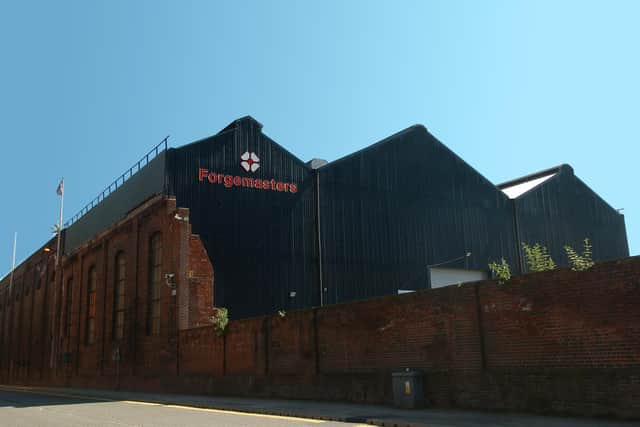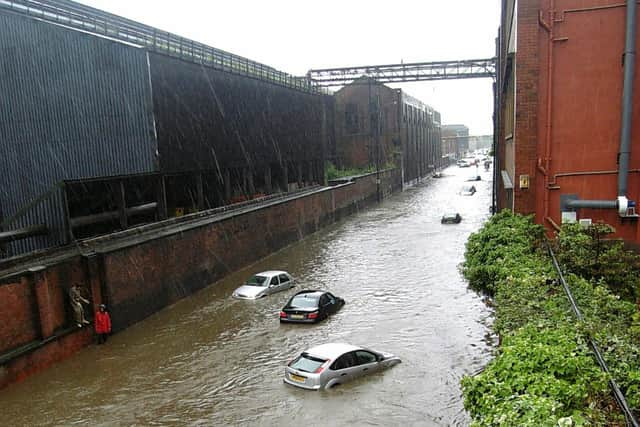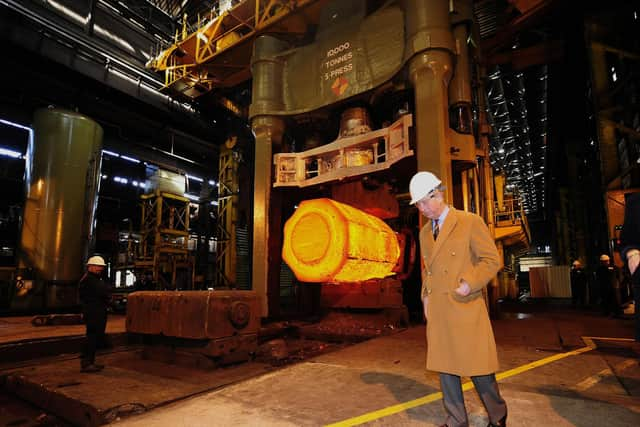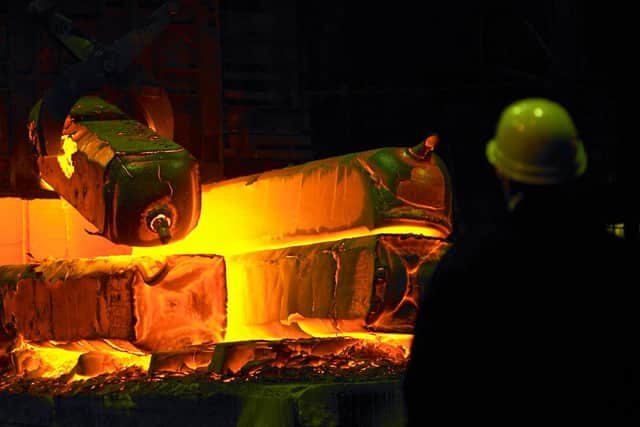Sheffield Forgemasters - and it's link to Iraq dictator Saddam Hussein's ‘Supergun’
and live on Freeview channel 276
The famous Sheffield firms that later amalgamated to create part of Forgemasters, which this week was taken over by the Ministry of Defence, have a long history in the armaments business. Later on the Iraqi Supergun scandal would hit the company.
Forgemasters’ origins date back to a small blacksmith forge in the 1750s. Mill owner Edward Vickers began to turn the business into a modern steel producer in 1805.
Advertisement
Hide AdAdvertisement
Hide AdFirth Brown, which later became part of Forgemasters, was formed in 1930 after the amalgamation of Thomas Firth & Sons and John Brown & Co. Their products were exported worldwide.


Both companies were at the forefront of technological development and they combined to form one of Sheffield's largest employers.
Thomas Firth & Sons’ history in armaments includes supplying gun-maker Samuel Colt with the iron and steel needed for his famous firearms factories in the 1850s and 60s.
Then in 1863 the company installed two steam forge hammers which were used to make heavy artillery pieces.
Advertisement
Hide AdAdvertisement
Hide AdIn the 1890s, John Brown & Co secured its Admiralty work by setting up a shipbuilding arm after buying the Clydebank Shipbuilding and Engineering Co in Scotland.


During the Second World War, Firth Brown mass produced armour-piercing shells and bombs and armour plate for ships and tanks, as well as forgings and special steels.
In the mid-1980s, Firth Brown and British Steel's River Don Works merged, becoming the Sheffield Forgemasters Group, as part of the Thatcher government's steel privatisation programme.
Forgemasters was embroiled in international scandal in 1990 when it was caught unwittingly supplying barrels for Saddam Hussein's ‘Supergun’.


Advertisement
Hide AdAdvertisement
Hide AdCustoms officials in Middlesborough seized eight huge Sheffield-built tubes which were about to be shipped to Iraq.
They were believed to be components of a huge weapon that could fire rockets 600 miles into Israel.
The company insisted they were destined for an Iraqi petrochemical plant.
UN inspectors inside Iraq found a giant cannon at an abandoned site in the Jabal Mountains, 90 miles north of Baghdad, pointing straight at Tel Aviv.


Advertisement
Hide AdAdvertisement
Hide AdThe cannon was thought to be a prototype for a Supergun which would have been fitted with the Sheffield tubes.
Part of the Supergun was later found lying in the company's factory by the River Don. It would have supported the rear part of the barrel when it recoiled after firing.
Bosses from Forgemasters and other companies were arrested and later cleared by the Scott Inquiry.
It found that the firm had obtained the necessary export licences for the tubing which they believed were for industrial use.
Advertisement
Hide AdAdvertisement
Hide AdThere was drama of a different kind on June 25, 2007 when the machine shop at the Brightside Lane had to be evacuated during the floods that hit the city.
The machine shop ended up six feet under water with almost all the machinery destroyed, taking 18 months to get back to full working.
Workers used diggers and cherry pickers to rescue people stranded in cars and neighbouring offices. Staff from the chief executive down mucked in to begin the clean-up operation the next morning.
Major flood defences should protect the firm against future disruption.